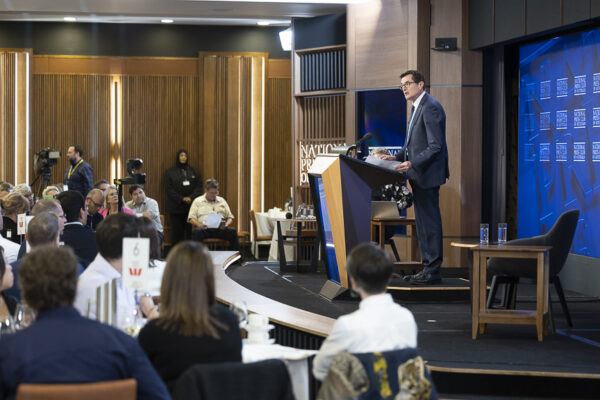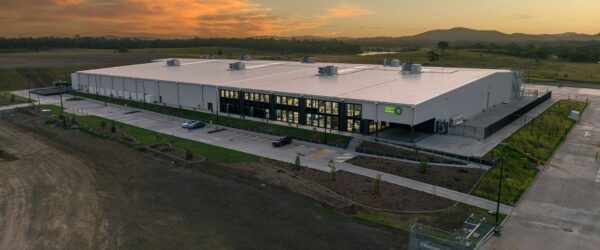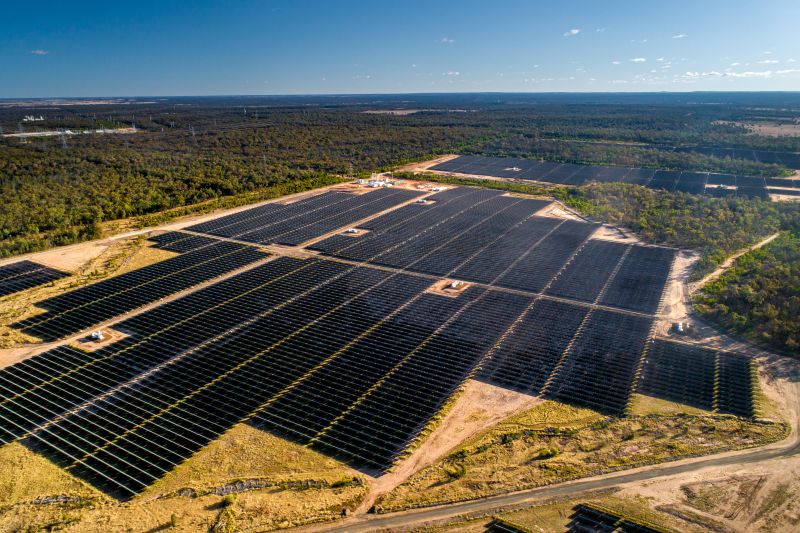Addressing the National Press Club earlier this week in one of his final appearances as head of the federal government’s Net Zero Economy Agency, Combet said Australia must urgently reduce its reliance on fossil fuels to meet its target to reach 82% renewable energy by 2030.
“Much of our coal-fired energy generation infrastructure is nearing the natural end of its life,” he said,
“We could spend an estimated $400 billion to renew it, or we could invest in a future with renewables.”
Combet, who on 1 June 2024 will begin a new role as chair of Australia’s Future Fund, indicated that the upcoming budget would include more funding for phase two of the government’s energy transition plans, noting that the transformation from fossil fuels to an economy powered by renewable energy and clean industries will be one of the most significant economic events in Australian history.
The first step in the government’s energy strategy was unveiled last week when Prime Minister Anthony Albanese announced the $1 billion Solar Sunshot scheme to develop a domestic solar technology manufacturing industry.
“The government will lay out the next phase of its approach in the May Budget, which will look to capitalise on Australia’s comparative advantage in minerals and renewable energy, aiming to encourage large-scale investment in green industrial production,” Combet said.
Citing a host of investments already in play, Combet said Australia has the opportunity to develop numerous new clean industrial projects, involving hundreds of billions of investment dollars.
“The Net Zero Economy Authority is putting together a pipeline of these projects and will be figuring out how to help bring them to concrete investment decisions,” he said.
Four priority areas include refining and processing critical minerals, supporting manufacturing of energy generation and storage technologies, including batteries, producing renewable hydrogen and its derivatives like ammonia, and forging green metals.

Image: National Press Club
Combet said the newly legislated Net Zero Economy Authority will help coordinate the investment needed to get these transformational projects and initiatives off the ground, including utility and infrastructure projects like solar farms, pipelines and port upgrades, pumped hydroelectricity, wind farms, and electricity transmission and distribution.
“With particularly large transformative projects governments may need to consider being significant equity players, helping to de-risk projects, and adopting a long-term view before recovering capital,” he said.
Combet highlighted the industrial centre of Gladstone on the central Queensland coast as an example of where new investment and job opportunities can be realised.
“In my view, successfully transforming the region around Gladstone, and similar regions around the country, must be a key national endeavour,” he said. “They are where the impact of change can be felt the most.”
The port city of Gladstone, a centre of fossil fuel production and exports, has already commenced the shift to renewables, with Combet referencing Fortescue’s 2 GW electrolyser plant, Japanese-headquartered Sumitomo’s hydrogen pilot plant at Rio Tinto’s Yarwun alumina refinery, and the miner’s own announcement that it had signed Australia’s biggest renewable energy deal to power its Boyne aluminium smelter with solar and wind energy.

Image: Fortescue
“If that smelter converts to firmed renewable power, it will not only make a huge contribution to emissions reduction but sustain hundreds of jobs,” Combet said.
“There’s also the CQ-H2 project in Gladstone, which has brought together Japanese and Singaporean partners with the Queensland government-owned Stanwell, to develop Queensland’s largest renewable hydrogen project.”
Combet said “hundreds of billions of dollars in investment” will be needed to achieve net zero in Australia and conceded that neither government funding nor private capital alone can meet this challenge.
“[But] if we do this well, Australia has the opportunity to develop numerous new clean industrial projects, involving billions of investment dollars and providing thousands of jobs,” he said.
This content is protected by copyright and may not be reused. If you want to cooperate with us and would like to reuse some of our content, please contact: editors@pv-magazine.com.








By submitting this form you agree to pv magazine using your data for the purposes of publishing your comment.
Your personal data will only be disclosed or otherwise transmitted to third parties for the purposes of spam filtering or if this is necessary for technical maintenance of the website. Any other transfer to third parties will not take place unless this is justified on the basis of applicable data protection regulations or if pv magazine is legally obliged to do so.
You may revoke this consent at any time with effect for the future, in which case your personal data will be deleted immediately. Otherwise, your data will be deleted if pv magazine has processed your request or the purpose of data storage is fulfilled.
Further information on data privacy can be found in our Data Protection Policy.